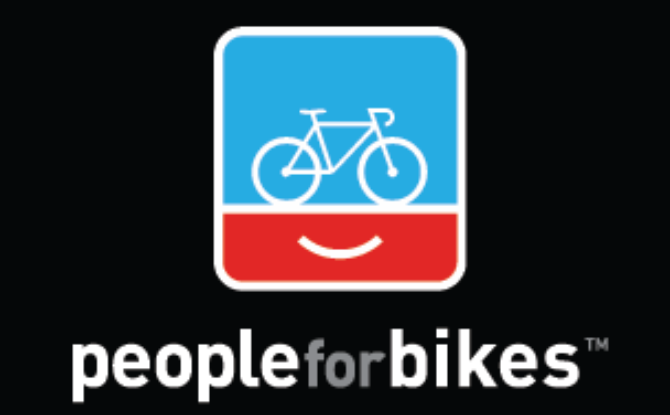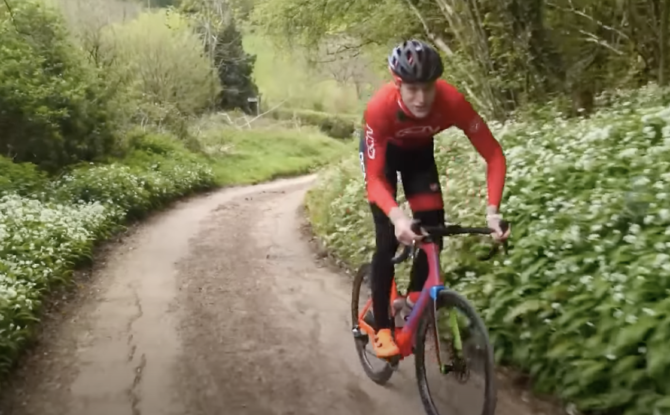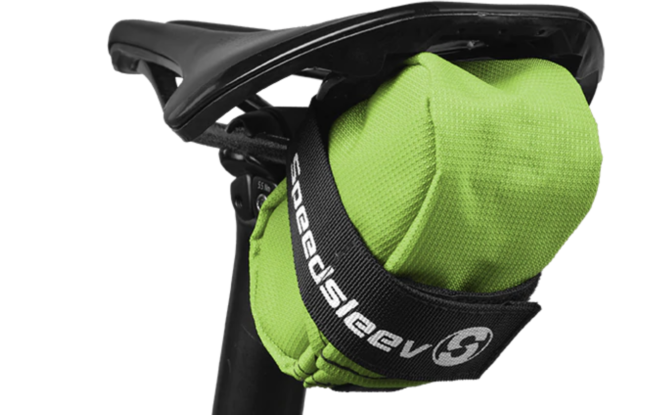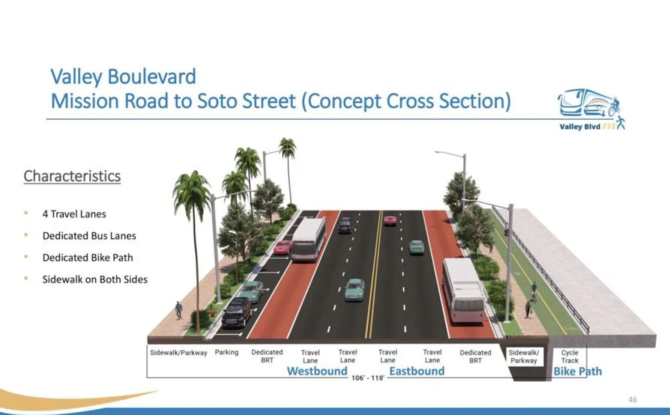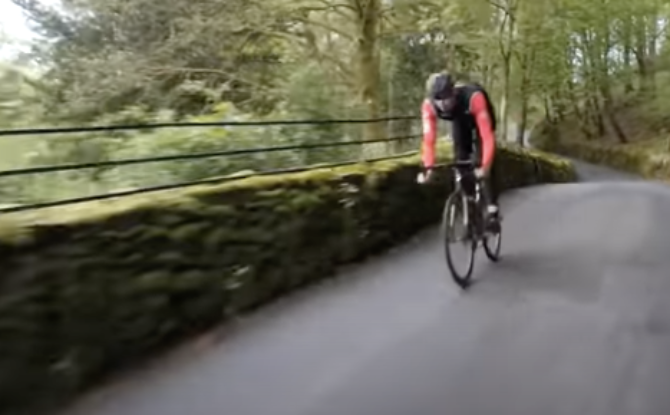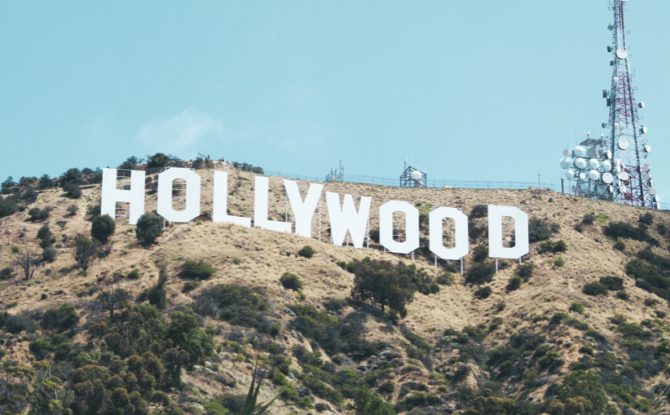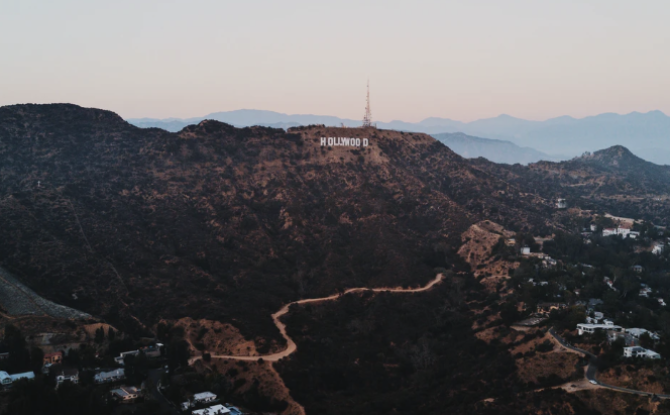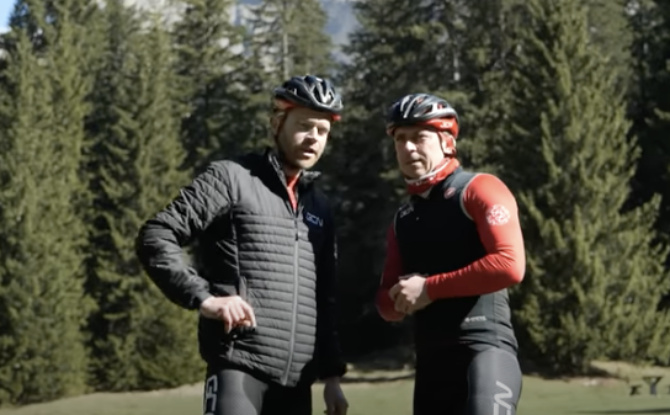From BicycleRetailer.com
BOULDER, COLO. — Can U.S. cities move faster, more efficiently and more equitably to build better mobility networks for residents nationwide? The answer is yes, proven by the work of PeopleForBikes, a national bicycling advocacy organization, following two years of partnership and action in five American cities.
In 2018, PeopleForBikes set out to create a model for U.S. cities to systematically increase bicycle mobility. The Final Mile, a collaboration between Wend Collective and PeopleForBikes, was successful in achieving that goal. The strategy includes tapping into existing community support for biking, amplifying that support with paid communications and thoughtful neighborhood-based engagement and empowering elected leaders with the political will to accelerate the construction of local bike networks.
Five cities — Austin, TX; Denver, CO; New Orleans, LA; Providence, RI; and Pittsburgh, PA —took part in the Final Mile, which provided cities with the necessary financial resources and expertise to execute broad marketing campaigns, create diverse coalitions of community partners and overcome public opposition that too often delays progress. It did not, however, provide any direct funding for infrastructure costs or governmental operations. All of the participating cities understood that funding the rapid implementation of safe, equitable and comfortable bike networks is the best way to address growing transportation needs and the urgency of climate change.
“For too long we’ve designed our streets for cars and not people,” said Providence Mayor Jorge Elorza. “But what we’ve seen for the last couple of years is that we’re reversing that and changing that here in Providence. The enhancements that we’re seeing throughout our streets are going to benefit all of us.”
The Final Mile was successful in accelerating the construction of mobility networks in each of the five cities:
Austin completed 115 miles of new bike lanes to achieve a 50% build-out of its All Ages and Abilities Mobility Network in only 24 months.
- Denver constructed 100 miles of new bikeways, tripling the pace at which its planned network of interconnected, low-stress bikeways was being built.
- New Orleans managed to construct 27 miles of new bikeways and offered the highest concentration of new protected bike lanes in the program.
- Providence constructed 43 miles of new bikeways, with an additional 22 miles planned for construction in 2022.
- Pittsburgh completed 50 new network miles and is dedicated to completing another 15 miles in 2022.

